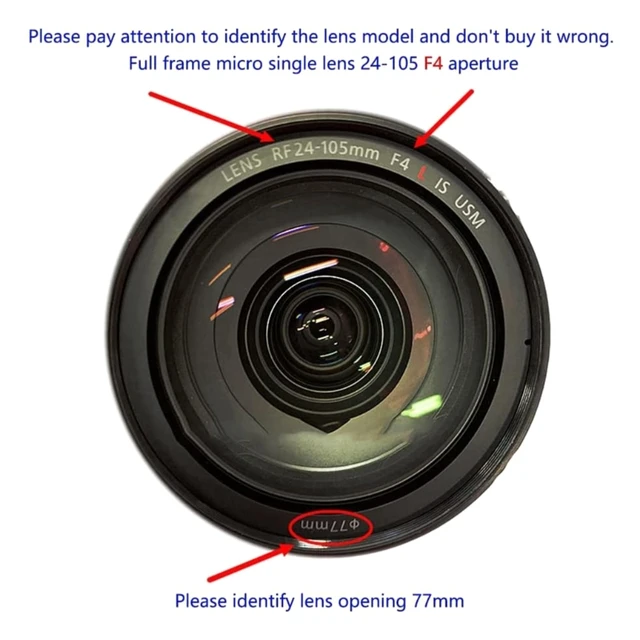 Introduction:
Introduction:
A camera lens is a vital component of any camera, playing a crucial role in capturing clear and sharp images. Understanding the different parts of a camera lens is essential for photographers who want to optimize their photography skills. In this comprehensive guide, we will explore the various parts of a camera lens, including their functions and significance. By familiarizing ourselves with these components, we can better appreciate the intricacies of a camera lens and make informed choices when selecting and using lenses for our photography needs.
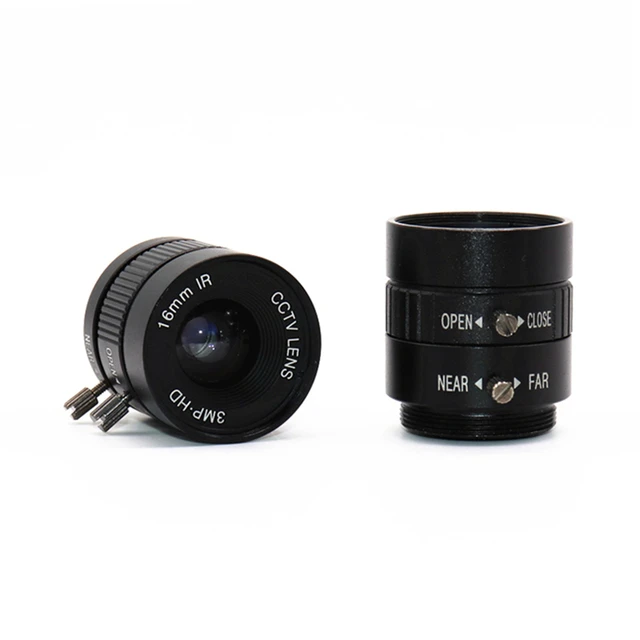 A brief overview of the evolution of cameras:
A brief overview of the evolution of cameras:
The development of cameras and photography has a rich and fascinating history. Here is a brief overview of the evolution of cameras:
Camera Obscura: The concept of capturing light and images dates back to ancient times. The camera obscura, a precursor to modern cameras, was invented in ancient China and ancient Greece. It was a dark chamber or room with a small hole through which light entered, projecting an inverted image onto a surface.
Portable Cameras: The first portable camera came into existence in the early 19th century. The Daguerreotype camera, developed by Louis Daguerre in 1839, used a copper plate coated with silver and chemicals to capture images. It marked the beginning of modern photography and was the first commercially successful photographic process.
Dry Plate and Film: In the late 19th century, dry plate photography replaced the wet plate process, making cameras more convenient to use. Dry plates were coated with a light-sensitive emulsion that allowed for easier handling and storage. This eventually led to the development of flexible film, allowing multiple exposures before needing to change the plate.
Roll Film and Kodak: In the late 19th century, roll film was introduced, making photography more accessible to the masses. George Eastman’s introduction of the Kodak camera in 1888 revolutionized photography. It used a roll of flexible film and came pre-loaded, allowing users to capture multiple images without the need to change plates.
Development of 35mm Film: The introduction of 35mm film in the early 20th century further transformed photography. This film format, developed by Oskar Barnack at Leica, became popular due to its smaller size and convenience. It made way for smaller and more portable cameras, including the iconic Leica rangefinder.
Digital Cameras: The digital camera revolution began in the late 20th century. The first digital camera was developed by Kodak engineer Steven Sasson in 1975. Over time, digital cameras became more compact, affordable, and capable of higher image quality. With the widespread adoption of digital technology, film photography declined rapidly.
Smartphone Cameras: In recent years, smartphone cameras have become the most commonly used cameras. Advances in smartphone technology have resulted in high-quality cameras that can capture and share images instantly. Smartphones have made photography more accessible, allowing anyone with a phone to become a photographer.
Throughout history, cameras have continually evolved, becoming more portable, user-friendly, and capable of capturing better quality images. From camera obscura to digital and smartphone cameras, photography has undergone a transformative journey, shaping how we capture and preserve memories.
Let’s take a look at Parts of a Camera Lens!
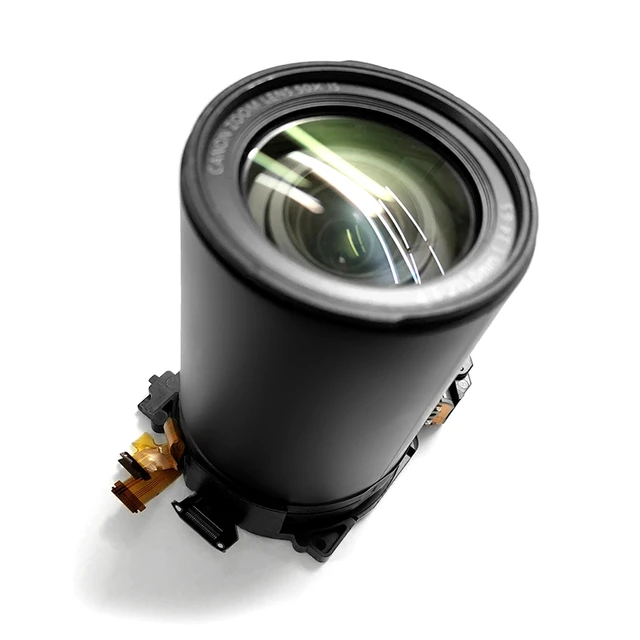 Lens Elements
Lens Elements
Lens Glass:
The lens glass is a fundamental part of a camera lens, responsible for the refraction and focusing of light.
It determines the performance and optical quality of the lens.
Lens Elements:
A camera lens consists of multiple lens elements stacked together, each with specific properties to achieve desired optical effects.
These elements work together to minimize distortions and aberrations, ensuring clear and sharp images.
Aperture Blades:
The aperture blades control the size of the aperture, determining the amount of light that enters the lens.
The number of aperture blades affects the shape of the aperture and the quality of the bokeh (the out-of-focus areas in an image).
Lens Mount
Lens Mount:
The lens mount is the physical interface that connects the camera body and the lens.
It ensures proper alignment and facilitates communication between the camera and the lens.
Lens Release Button or Switch:
The lens release button or switch allows for easy attachment and detachment of the lens from the camera body.
It ensures a secure fit and enables quick lens changes during photography.
Lens Extenders and Converters
Teleconverters:
Teleconverters, also known as telephoto extenders, are additional lens attachments that increase the focal length of the lens.
They effectively magnify the scene, allowing for greater telephoto reach.
Lens Adapters:
Lens adapters allow the use of lenses from one camera system on another camera system.
They bridge the compatibility gap between different lens mounts.
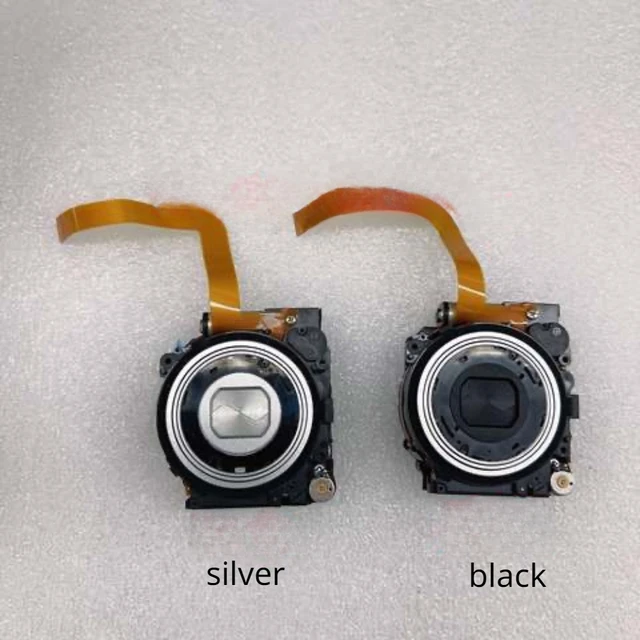 Lens Controls and Features
Lens Controls and Features
Focus Ring:
The focus ring allows for manual adjustment of the lens focus.
Rotating the focus ring shifts the lens elements, bringing the subject into sharp focus.
Zoom Ring:
The zoom ring controls the focal length of the lens, allowing for the adjustment of the view angle.
Rotating the zoom ring changes the lens’s field of view, enabling wide-angle or telephoto compositions.
Image Stabilization Switch:
The image stabilization switch turns the lens’s image stabilization feature on or off.
Image stabilization helps reduce camera shake and enables sharper handheld shots.
Lens Hood and Filters
Lens Hood:
The lens hood is an accessory attached to the front of the lens to block stray light and reduce lens flare.
It enhances image contrast and protects the front lens element from bumps and scratches.
Lens Filters:
Lens filters alter or enhance the optical characteristics of a lens.
They can provide various effects, such as reducing reflections, enhancing colors, or protecting the lens from dust and scratches.
Some key differences between Ring Camera and Blink Camera:
Ring Camera and Blink Camera are both popular brands that offer home security camera systems. Here are some key differences between the two:
Design and Features:
Ring cameras typically have a sleek and modern design, with options for wired or wireless installation. They offer a wide range of features, including two-way audio, motion detection, night vision, and integration with other Ring devices, such as doorbells and alarm systems. On the other hand, Blink cameras have a compact and minimalist design, focusing on wireless installation and battery-powered operation. They offer features like motion detection, HD video recording, and cloud storage options.
Connectivity:
Ring cameras connect to your home’s Wi-Fi network for video streaming and remote access. They also require a subscription plan for cloud storage and additional features. Blink cameras also connect to Wi-Fi and offer free cloud storage for a limited period, with the option to upgrade to a subscription plan for extended storage.
Power Source:
Ring cameras can be powered through a wired connection or wireless options like battery packs or solar panels, depending on the model. Blink cameras, on the other hand, are primarily battery-powered, providing flexibility in camera placement and eliminating the need for wiring.
System Integration:
Ring cameras are part of the larger Ring ecosystem, allowing for integration with other Ring devices such as doorbells, security alarms, and smart lights. They can be controlled and monitored through the Ring app. Blink cameras, while compatible with Amazon Alexa, do not have the same level of integration with other smart home devices as Ring.
Price and Subscription:
Ring cameras generally have a wider range of models and price points, offering options for different budgets and needs. They offer subscription plans for cloud storage, video recording, and additional features. Blink cameras offer more affordable options, with a focus on simplicity and cost-effectiveness. They provide free cloud storage for a certain period without the need for a subscription, making them a budget-friendly choice.
Ultimately, the choice between Ring and Blink cameras depends on individual preferences, desired features, and budget. Consider the specific requirements of your home security system, such as design, power source, connectivity, and ecosystem integration, to determine which brand and camera model best suit your needs.
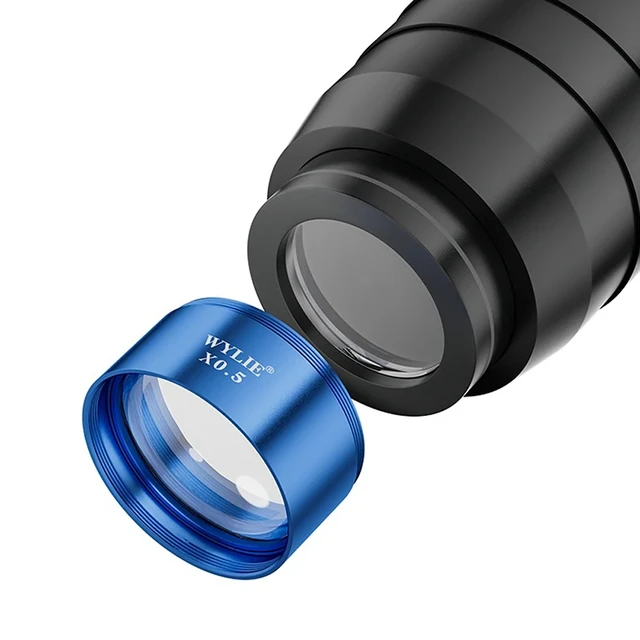 Conclusion:
Conclusion:
Understanding the different parts of a camera lens is essential for photographers who want to maximize their equipment’s potential. By familiarizing ourselves with the lens elements, lens mount, controls, and additional features like lens extenders and filters, we can make informed decisions when selecting and using camera lenses. Embrace the knowledge shared in this comprehensive guide to unlock the full capabilities of your camera lens, enabling you to capture stunning and high-quality images in various photography scenarios.
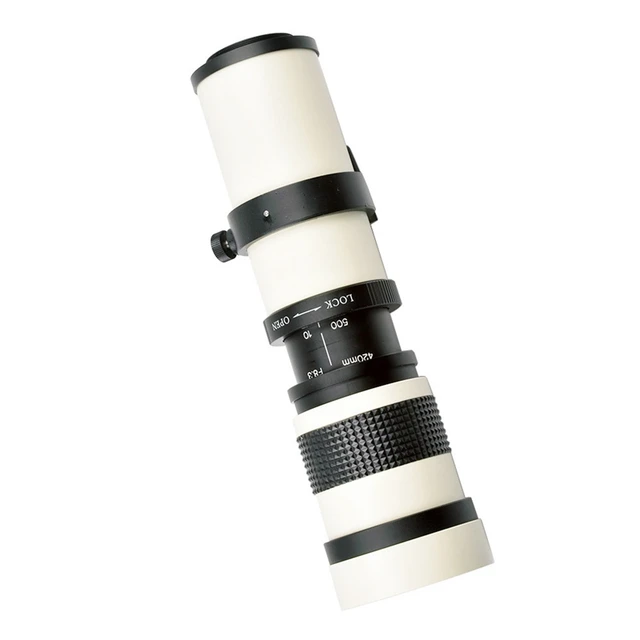
Leave a Reply